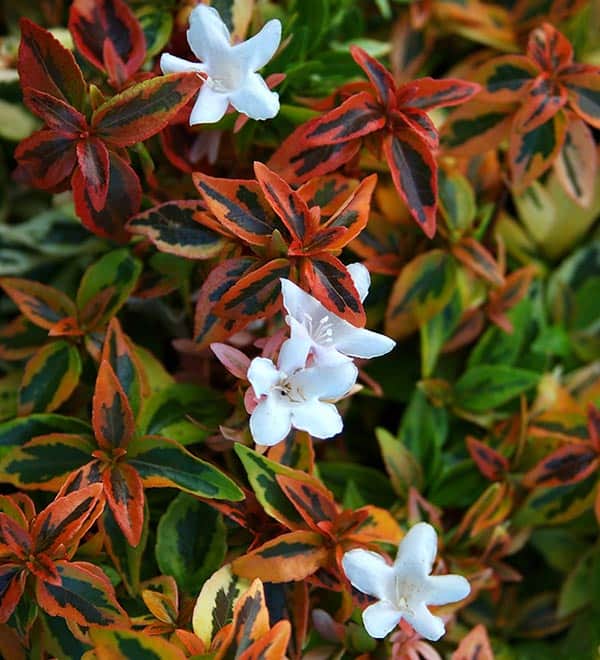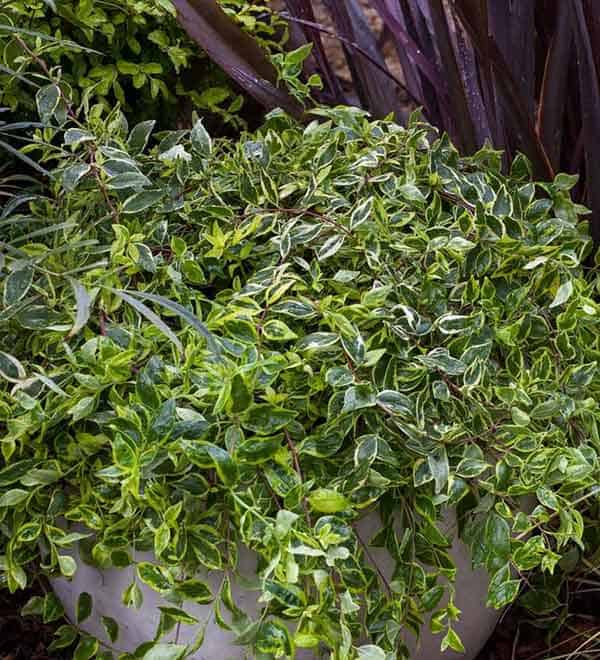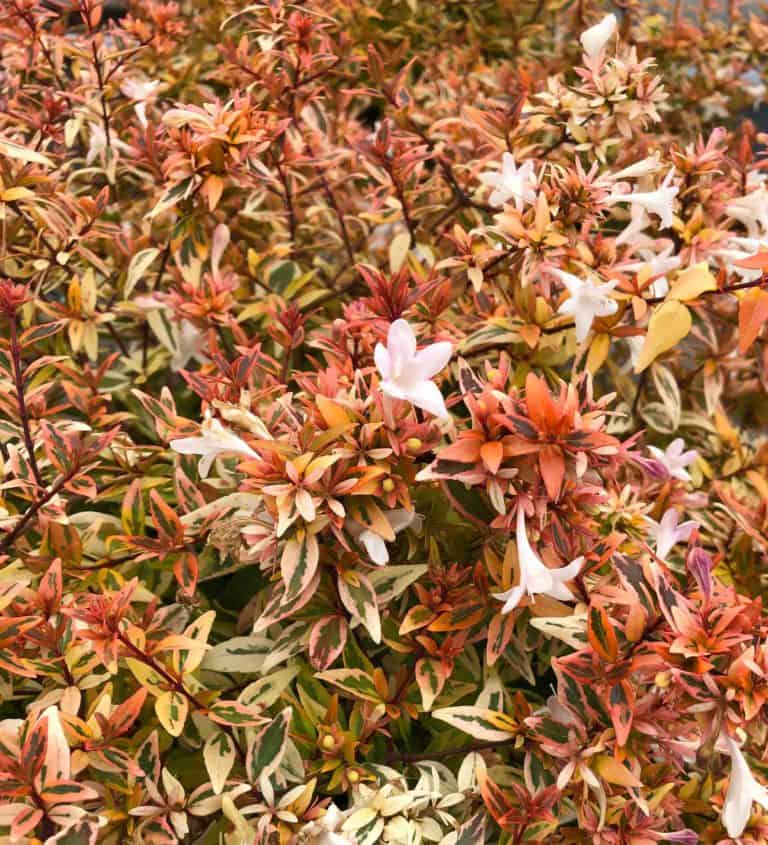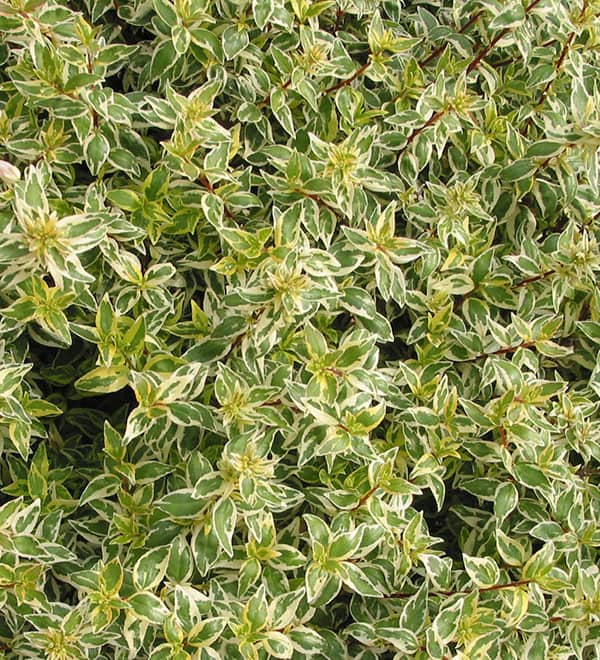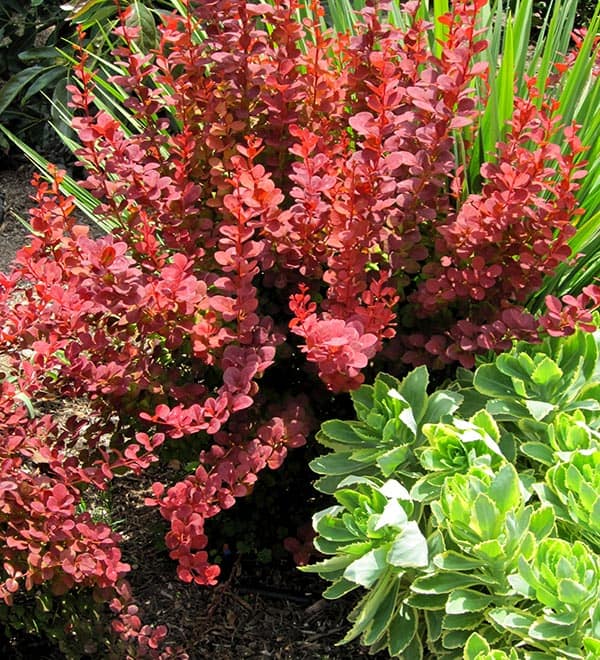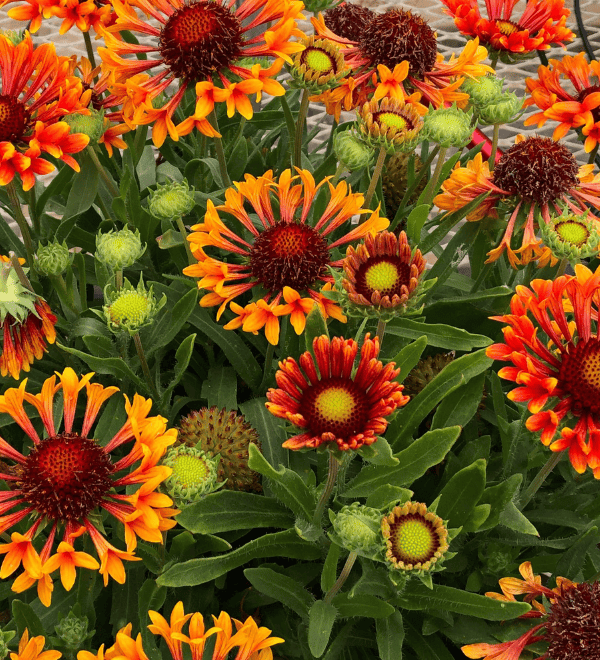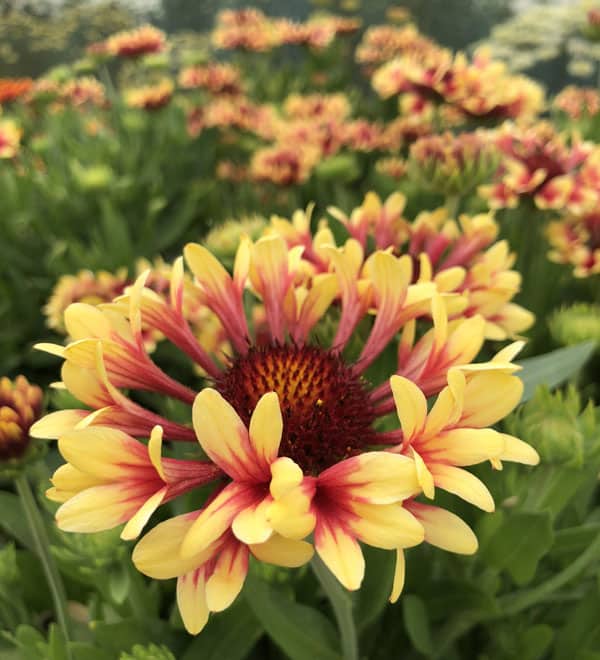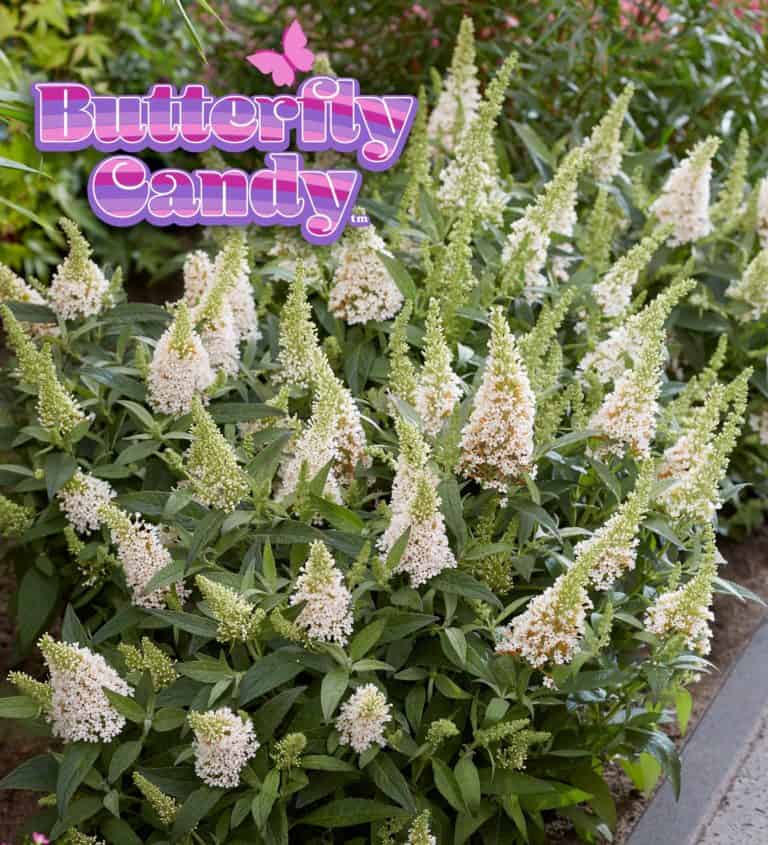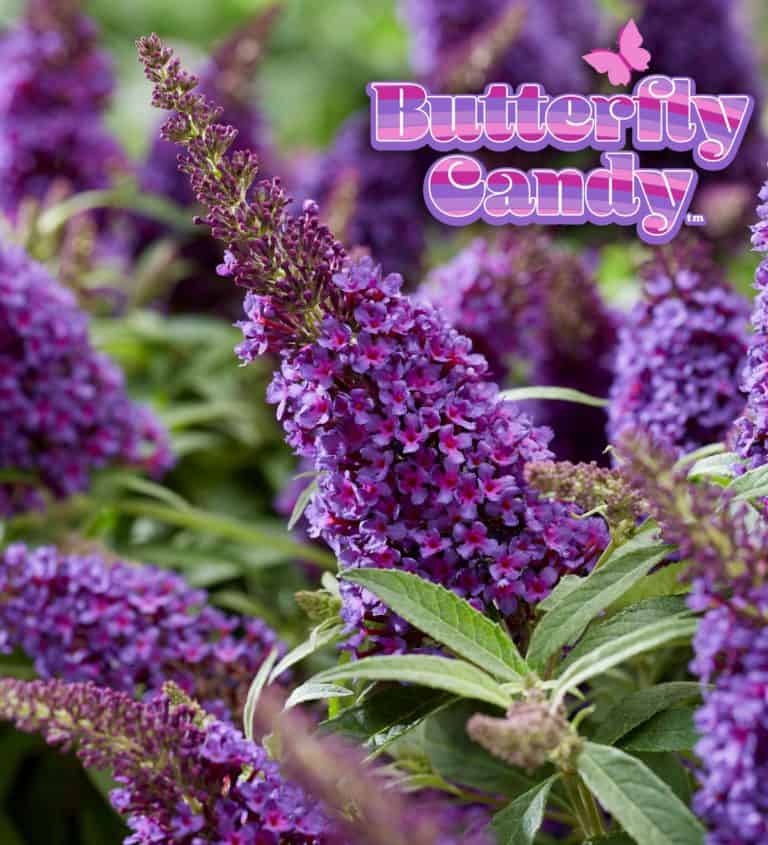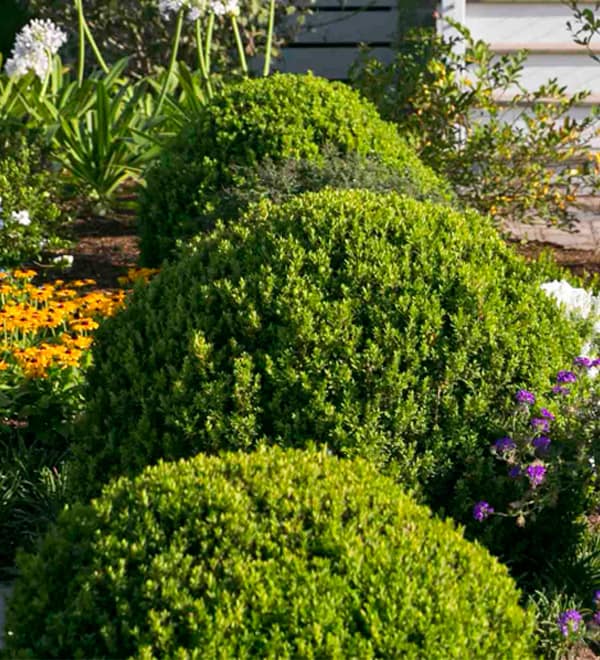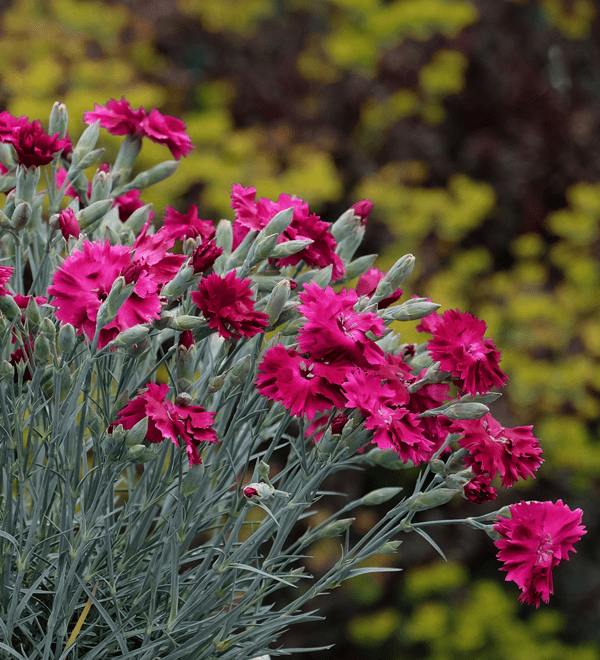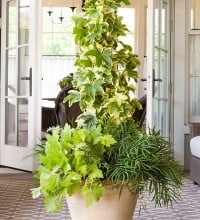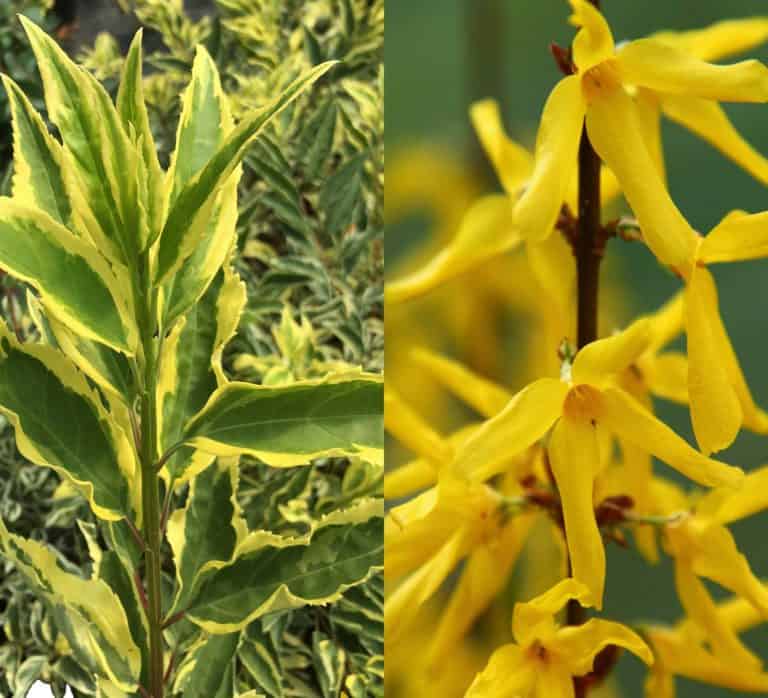This zone consists mostly of the 3,300- to 5,000-foot elevations in parts of Arizona and New Mexico. It also includes parts of southern Utah and Nevada, and adjacent California desert. Zone 10 has a definite winter season—75 to more than 100 nights below 32°F (0°C).That favors deciduous fruits, though late frosts can work against apricot crops. In Albuquerque,New Mexico, and Benson and Kingman, Arizona, average winter minimums range from 32 to 23°F (0 to –5°C). Lows of 25 to 22°F (–4 to –6°C) often come in.The cold winter season calls for spring planting. Growing seasons are very long—up to 225 days. More rain falls in the east than in the west, and the Pecos River drainage receives more precipitation in summer than in winter.
This climate zone shares similarities with its neighbors—the cold-winter Zones 1, 2, and 3, and the subtropical low desert, Zone 13. Like Zones 1 to 3, Zone 11 has cold winters, and like Zone 13, it has hot summers. Hot summer days are followed by mild nights; near-freezing winter nights are followed by daytime temperatures near 60°F (16°C). On average, there are 110 summer days above 90°F (32°C),with the highest temperatures recorded between 111 and 117°F (44 to 47°C).About 85 nights have temperatures below 32°F (0°C),with lows between 11 and 0°F (–12 to –18°C). If soil moisture is inadequate, the characteristic winds and bright sunlight may combine to dry out normally hardy evergreen plants, killing or badly injuring them.

